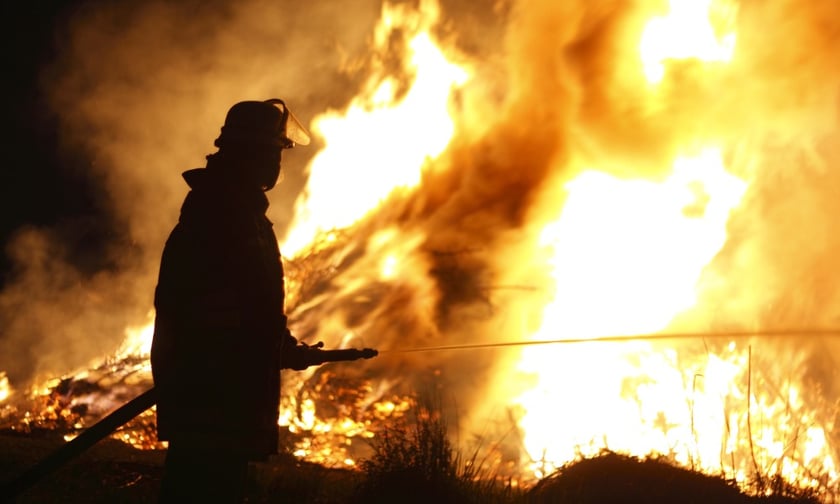

With expanding wildfire risk, insurance alone is insufficient for protecting properties, according to insights from Munich Re. Insureds must also invest in risk mitigation to safeguard their assets.
Last year, California experienced a relatively mild wildfire season, with only 312,739 acres burned by October. However, a wind-driven wildfire near Tracy, Calif., in June this year burned tens of thousands of acres and prompted evacuations.
Over the past five years, an average of 1.57 million acres had burned by October each year, reported the New York Times.
California’s wildfire season may have been less severe in 2023, but other states saw increased risk. According to Rachael Dougherty, senior underwriter and West Coast territory lead for E&S property at Munich Re Specialty, the insurance crisis in California is spreading to other states with similar risks.
“That’s driving a lot more business into the E&S market, not just in California but in areas like New Mexico, Colorado, the Pacific Northwest, Texas, and Hawaii,” Dougherty said in a Munich Re report.
The financial strain of expanding wildfire exposures is leading some carriers to cease offering coverage in high-risk states, while others are tightening terms and raising rates. This trend is pushing insureds to increase their investments in risk management and seek coverage in the E&S market.
California was among the first states to see standard line carriers withdraw from property markets due to wildfire risks. Last year, State Farm announced it would no longer offer coverage anywhere in the state. Commercial property rates have doubled or even tripled, with some increases as high as 400%, reported the Orange County Register.
Dougherty noted that carriers are now pulling out of entire states, increasing the risk of non-renewal even in non-wildfire-exposed areas. Assembling coverage for high-value properties in wildfire-prone areas can involve multiple carriers, requiring restructuring if any tighten their terms. Many insureds are turning to E&S or London markets for more stable coverage.
Dougherty also noted that he has seen a surge of interest in E&S markets for wildfire risk but cautions that not all exposures are a logical fit. E&S markets are designed for high-severity losses, requiring careful pricing and capacity management.
“The E&S market isn’t designed to cover every single risk in California. We are a specialty market,” Dougherty said.
E&S carriers are providing essential coverage and have extensive knowledge of wildfire risks. For insureds in California, E&S markets can address many challenges posed by the current insurance environment.
Wildfire risk is highly unpredictable but can be managed with effective mitigation tools, Dougherty explained. These include creating defensible space, hardening buildings, and using noncombustible materials.
Wineries, for instance, have invested in landscape redesign and building hardening to protect against wildfires. Dougherty noted one winery that removed Italian cypress trees, which are highly flammable, from its property.
Retail brokers and E&S carriers provide guidance on protecting properties from wildfires. Dougherty emphasized the importance of coordinating with local fire departments and ensuring they have access to necessary resources.
“It’s so important to keep rates adequate in the market right now,” she said, noting potential severe wildfire seasons in the future.
“We want to make sure that we can sustain our book to service our clients better,” Dougherty said. “We’re going to remain conservative to avoid changing our underwriting perspective or pulling out of markets.”
What are your thoughts on this story? Please feel free to share your comments below.
